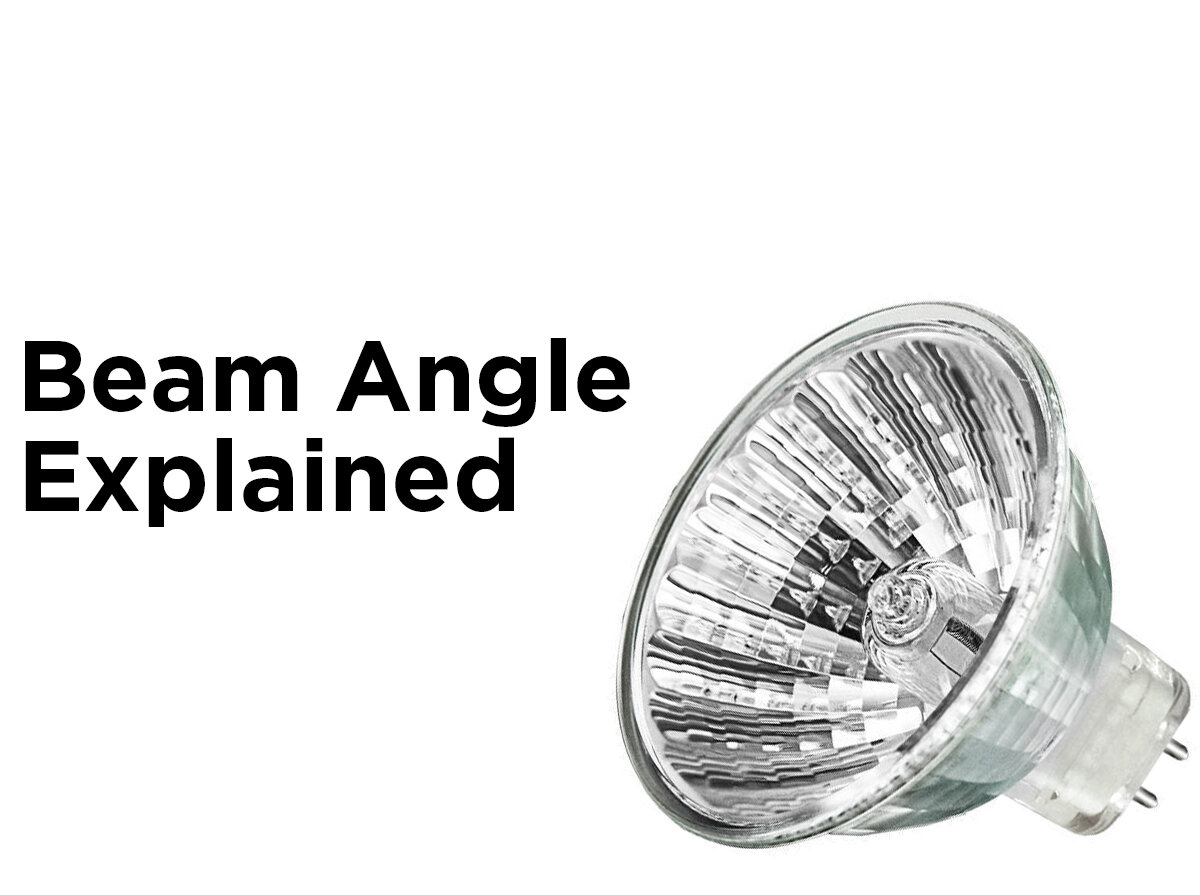Pop, Lock & Socket: A Guide to Light Sockets
You are alone on a dark and stormy night. Suddenly, you hear something, and it sounded like it came from the closet. Slowly you creep to the closet; you open the door, turn on the light, and a pop-crackle-fizzle later there is no light in the closet! As your cat proudly advances from beneath your coats, you begin to check the bulb. The bulb is fine, but oh no, could it be? Not the light socket! What socket do you get? How do you choose? Where do you get it? The place to start is here at 1000Bulbs.com, and we will guide you through the rest in this article.
Which Bulb is Your Favorite?
The first step to choosing a socket is identifying the base type of the bulb you will be using. Medium base bulbs (E26) are the standard for most residential uses, including closets, lamps, and vanities. Candelabra base bulbs (E12) are seen in chandeliers, as are intermediate base bulbs (E17), which are also seen in ceiling fans. While mogul base bulbs (E39) can be seen in residential applications, it is unusual; they are most often used in commercial applications.
Living Rooms, Terraces, and Bathrooms... Oh My!
When choosing a socket, be sure to remember the application where you will use the socket. In the closet scenario from earlier, a pony cleat socket or keyless socket that can be mounted directly to a wall is ideal. These sockets are best used in applications where you want the light wired to a switch. In a room with recessed can lighting such as a living room or hall, you want to use a keyless porcelain socket, rather than a phenolic socket, in order to ensure that the socket can withstand the heat from the bulb (we don't need any fires). However, keyless phenolic sockets are perfect for chandeliers and floor lamps, which produce less heat.
Got Lamps?
Generally, keyed sockets are the preferred choice for reading lamps. Whether it has a pull-chain, a push switch, or a turn-knob, the ability to have immediate lighting control is present with keyed sockets.
Nickel-Plated vs. Aluminum
The screw shell in the socket is an important factor when deciding what socket to use. In the past, aluminum was the preferred choice as it was flexible and lightweight. With time, science has found aluminum screw shells corrode easily and do not last as long as intended, allowing for bulb and socket failure. Nickel-plated screw shells are becoming more and more popular since they are more durable and last longer. Some lighting companies even require that you use nickel-plated screw shells in order for them to honor their warranty agreement (we took the time to read the fine print for you).
Questions about specific light sockets? Leave a comment or visit us on Facebook, or Twitter!








